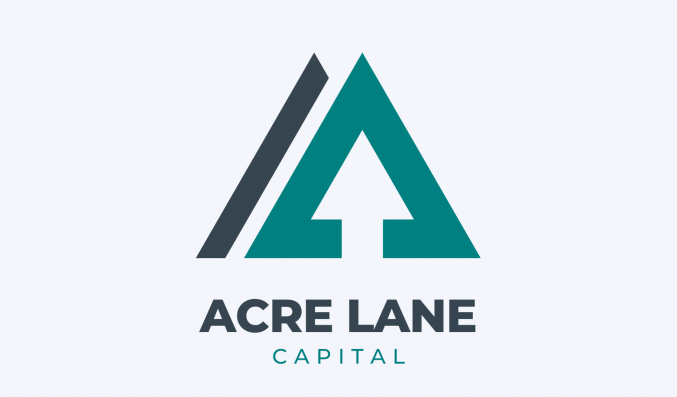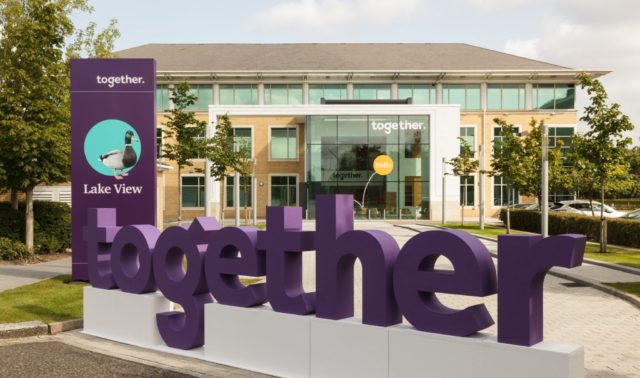Embedded Lending … A $3.4 billion threat for bridging?
By Hannah Duncan

A revolution has been subtly whooshing forwards, right under our noses. It started with apps like Uber. When did we bypass the “payment stage”? Whatever happened to entering our long card numbers on the street while trying not to get robbed or run over?
Or Amazon. Can anyone pinpoint when it got so easy? Just one tap is all it takes. Your nephew’s birthday present (the one you always forget) will arrive tomorrow. Click, click, done. Sometimes even that feels too much.
After all, ApplePay does the same job with a fingerprint.
This ultra-convenient transformation is called embedded finance – specifically embedded payments. And it’s taking over the world.
Embedded finance outgrows payments
This quiet revolution is unstoppable. In 2021, embedded finance was worth $43 billion. But by 2030, that figure will explode to a colossal $7 trillion and counting. Not million. Not billion. $7 TRILLION. More than double the annual GDP of the UK.
This eye-watering growth is partly because embedded finance – the technology behind those seamless financial services – is growing too big for its payments box.
Remember that iconic image of Alice in Wonderland wearing an entire house like a dress? That’s embedded finance over the next few years. It’s already filling up the payments room, soon it will fill every other space of financial services too. Especially lending.
By 2030, the value of embedded lending is expected to swell to a staggering $3.4 billion, making it the largest market opportunity. We’re already seeing this in action today as Buy Now Pay Later (BNPL) platforms soar in popularity.
Credit cards are no match for embedded lending
BNPL is nothing new. Those relentless “pay nothing today” ads for sofas in the run-up to Christmas are practically a yuletide tradition. What is new, however, is the technology behind BNPL. It’s frictionless. And people – especially Gen-Zs – can’t get enough of it.
Almost half of under-35s have ditched credit cards, turning instead to effortless BNPL platforms like Klarna, Clearpay and Layby. Just six years ago, this was unheard of. 61% of the same age group had a credit card. But sooner than you’d think, these wallet-favorites are likely to become a relic of history. Over the next decade, most people think plastic cards will be a thing of the past.
For lenders – including bridging lenders – it’s a stark warning. A $3.4 billion threat in the making. Like the Ghost of Christmas Yet To Come (apologies for the strangely festive theme of this section), embedded finance is clawing at the door of old-school lenders like Scrooge, cautioning them to change.
Embedded lending for £500,000 loans begin
Embedded lending for big-ticket items like property has already started in the UK. The race is on. Peer-to-peer lending group Funding Circle, for example, launched an online feature allowing SMEs to borrow up to £500,000. Almost double the cost of the average British property. In just a few clicks (not weeks) businesses can be approved for jaw-dropping loans, just like a scaled-up BNPL service.
Over in the US, embedded lending for bricks-and-mortar is heating-up too. White-label fintechs like Vontive empower mortgage providers to embed their lending products directly into property selling sites. This kind of technology is gaining traction, and soon it will be hitting our screens faster than you can say “Wait, where did credit cards go?”.
Many more cloud-native Software-as-a-Service (SaaS) companies are building out lending technology as I type. It might be best to have a conversation with one… before the other lenders catch on.
An unbeatable competitive advantage
Bridging lenders who grasp this once-in-a-lifetime opportunity stand to benefit from a sickeningly good competitive advantage. An advantage so overwhelming it almost feels unethical.
Imagine if your bridging or mortgage product was the default option for mainstream estate agents like Savills, Foxtons or Connells.
Imagine if buying a property with YOUR product was as simple as ordering an Uber.
That’s the reality for lenders who strike while the iron is hot. What’s more, they can bundle insurance and lending products, benefitting partners too. Maybe even legal products in time, as regulation technology picks up pace.
Move quick or get left behind
Lenders who hesitate, however, risk falling into irrelevance. After all, who wants to spend weeks faffing around organizing a loan, when it could be completed in just a few clicks? Only a masochist would want to deal with three separate industries (lawyers, lenders and insurance) when there’s a one-tap-does-all option available.
No matter how good the product, convenience wins out every time. In the 1930s, the first supermarket opened in the US, and everyone thought it was a fad. They couldn’t imagine a world where people would abandon their much-loved butchers, grocers and delicatessens. Especially for low-quality products with no personal service or choice. They couldn’t have been more wrong. Stony-faced local shopkeepers closed their doors, while the queues for supermarkets haven’t shortened for nearly a century.
Convenience trumps ALL.
For lenders who understand this, now is the moment to start talking to a SaaS company, or partner with an online agent. For lenders who don’t… Maybe scatter a few whips and chains around. Your remaining masochist clients might appreciate it.

Hannah Duncan is a freelance writer with a passion for finance, sustainable investing and fintech. She loves writing engaging content for industry magazines and investment services, as well as keeping a personal blog at www.hdinvestmentcontent.com










You must be logged in to post a comment.